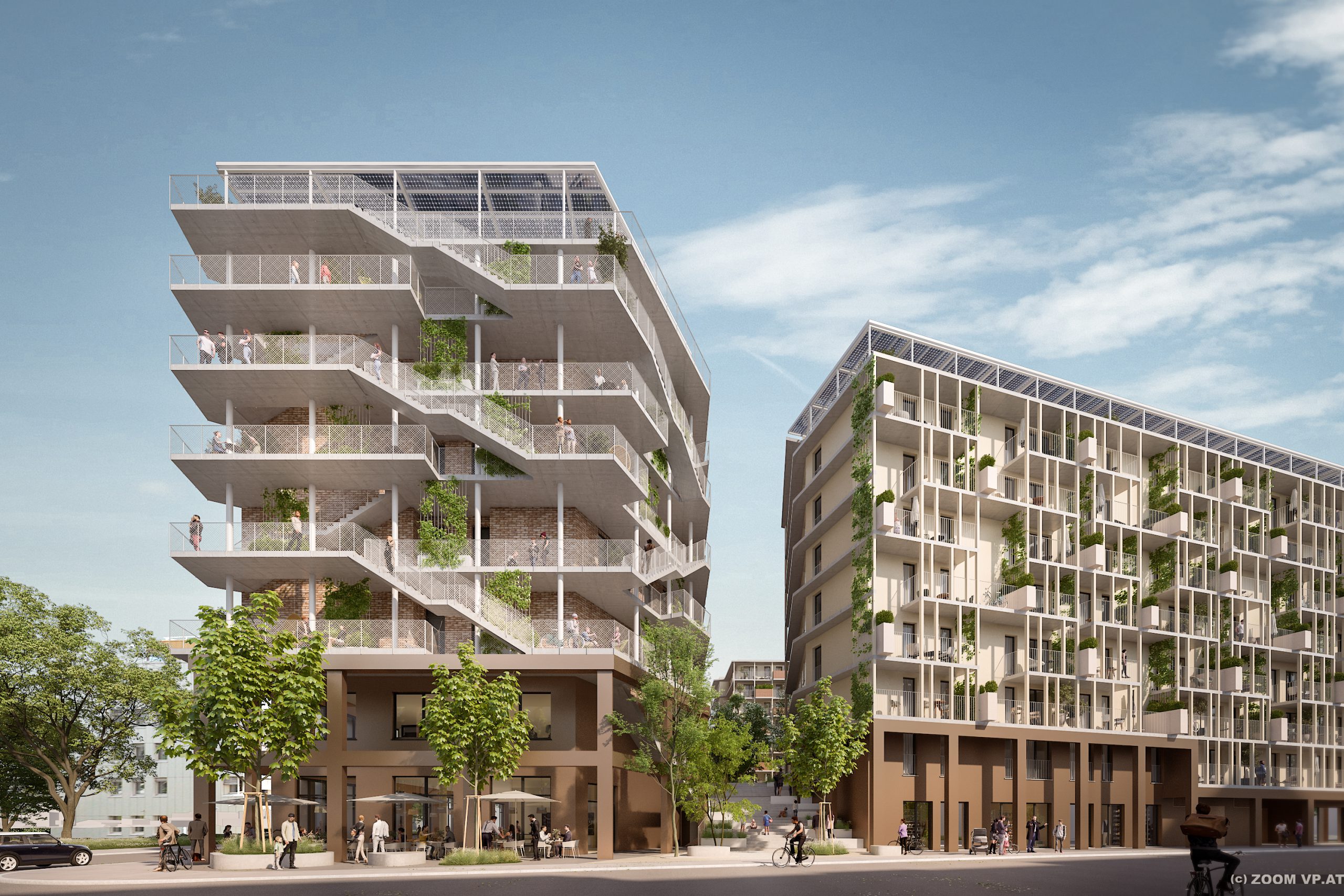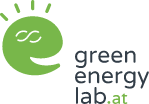ÖGUT environmental award for Zukunftsquartier 2.0
What are plus-energy districts and how can they be optimally integrated into existing energy grids as energy producers without burdening them with additional generation peaks? This was researched by the Zukunftsquartier 2.0 project, which won the ÖGUT Environmental Award.

© ZOOM VP
8 April 2022 – In recent years, both national and urban climate and energy targets have been tightened considerably: Vienna, too, is to be climate-neutral by 2040. However, the increase in decentrally generated, renewable, volatile energy required to decarbonize the energy system on the one hand and consumption peaks on the other pose major challenges, not least for public grids. So-called plus-energy districts* in dense urban areas can contribute to significant grid relief by making the best possible use of local renewable energy potential on the one hand and adapting consumption to local, climate-friendly energy production on the other. In addition, such districts can also provide flexibility for the public grid.
After almost three years, the Zukunftsquartier 2.0 project has been successfully completed.
In the course of planning support for a real neighborhood in Pilzgasse in Vienna Floridsdorf, which was designed from the outset as a plus-energy neighborhood, the project partners dealt intensively with the question of how such neighborhoods with high on-site energy supply can be used and operated for the benefit of and in support of the existing electricity and district heating network infrastructure. The project therefore developed a method for designing all components of the local energy system, e.g. storage and energy generation systems, so that they are not only optimally adapted to the local energy consumption of the residents, but also to any requirements from the higher-level electricity and heating grids. As a result, the daily, weekly and seasonal storage facilities planned in the district should be able to react flexibly across sectors when there is a corresponding demand in the grids and prevent or dampen power peaks. Furthermore, the planned building services concept in the example project was also examined from a social science perspective in order to identify user-friendly, feasible load shifting measures that are acceptable to residents and do not overburden them. The aim was to create a “win-win” situation for suppliers and grid operators as well as for users, investors and developers.
Awarded the ÖGUT Environmental Prize 2021
In the follow-up project “ZQ3Demo”, which has been running since September 2021, the Pilzgasse Plus-Energy Quarter is now being accompanied in its further planning, as well as during the construction phase (planned start of construction in summer 2022) and a monitoring phase of at least one year. The building is intended not least to show that the implementation of a climate-positive plus-energy new-build district in a dense city is fundamentally technically and economically feasible and can also be “copied”, and that thinking and planning climate protection, living and working together can create valuable synergies and advantages both for a district and for the urban energy supply. In the context of this ambition, the Zukunftsquartier 2.0 project was awarded the ÖGUT Environmental Award 2021 in the “Innovation and City” category.
The project is part of the “City of the Future” program.
* A Plus Energy Quarter is an area that has a positive energy balance in terms of both electricity and heat and in which the energy consumption (over the year) can be covered locally by local, renewable energy generation. The definition used in ZQ2.0 was developed in the FFG-funded Zukunftsquartier project. Here you will find the final report of Zukunftsquartier (nachhaltigwirtschaften.at).
Here you can find more information about the Zukunftsquartier 2.0 project.
